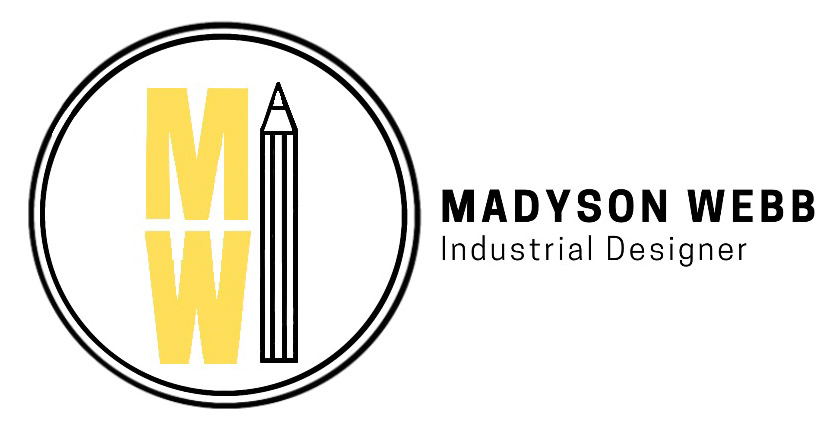The Ohio State University, Third-Year Design Charette, DESIGN 4151 (SP22)
DESIGN TEAM
Design Challenge: Investigating the repair of broken, donated, and unwanted products through circular design interventions that visually appear repaired to attract public attention.
PROJECT DESCRIPTION
"Design is Repair"
The Charette is a 2 week-event designed to make us as designers question how design might shed a light on repair activities and make repairing more attractive and popular? As the landfills pile up with products that were designed to be obsolete, the teams will be inspired to produce novel ideas to repurpose, repair, and hack these unwanted, dysfunctional goods provided by the Department of Design. The products to be used will range from furniture to personal objects such as shoes and bags.
PROJECT INSTRUCTORS
Dr. Sébastien Proulx
William Nickley
Dr. Hazal Gümüş Çiftçi
Mary Anne Beecher
Nazli Terzioglu
Zach Sanders
PROJECT COLLABORATORS
The Innovation Studio
Urban Arts Space
DESIGN PROCESS
INITIAL ANALYSIS OF PRODUCT
Product Given To Our Team (Leather Slip-Ons)
PROBLEM AREAS: stiff and old leather, strong odor, damaged soles, missing padding, and nails coming though bed of shoes
RESEARCH
During this stage of the process, the team decided to find the type of shoe we were given. Through our research, we found we were given leather Jutti slippers mainly worn in India. We looked into different ways others have repaired and transformed the shoes in this phase as well.
SKETCHING
During this phase of the design process, we sketched ways to repurpose the show given to us but also sketched out ways to transform the shoe as well to give us a broader range of ideas to pull from. The sketches range from a wallet, utility belt, paddleball toy, coasters, water bottle holder, hairbrush, visor, and a handbag.
DECONSTRUCTION

Cutting the backstay of shoe from extra leather material

Backstay stripped

Extra leather pulled from shoe

Inside shoes leather

Full top of shoe

Holes punched in show to thread together

Ripping sole apart

Cutting threading on shoe with exacto knife

Process shot of deconstruction

During deconstruction
FORM EXPLORATION
During deconstruction of the shoe, the team decided to play with the forms that came out of the product to visualize what the shapes given to use could become. From this exploration of form, we decided on the clutch idea.

Water Bottle Holder

Mask

Clutch

Visor
Concept Chosen: Handbag
WHY THE HANDBAG?
The team decided to repurpose the show instead of repairing it due to the extreme amount of damage to the soles. We decided on the handbag because it is still a form of wearing on the body which gives a similar user experience to express one's identity in a fashionable way.
CONNECTIONS
Handmade
Slip-On Style
Fashionable History
Versatile Style
INSPIRATION
The inspiration for this handbag comes mainly from min-clutch bags, coin purses, and small handbags that are easily accessible, light, and attractive.
CONSTRUCTION

Removing extra threading

Holding to pieces to together

Super gluing zipper on

Another shot of gluing zipper on

Clamping zipper to dry

Clamping both pieces together to dry

Finished zipper

Adding black and white rope decal

Tying rope shoulder strap together

Gluing and clamping the latch onto it

Polishing leather and added essential oils
Product Being Worn
FINAL PRODUCT
THE JUTTI MINI BAG
Rewarded 1 Judges Choice and Most Creative Use of Materials During The Judges' Review
